An ancient settlement
The area round Clapham has been inhabited for thousands of years. Some local caves have been used for temporary shelter since about 14,400 yrs. ago and for burials since about 6,000 yrs. ago.
Stone hut circles on the summit of Ingleborough date from the Iron Age and may have been used as defences or for some sort of ritual purpose.

The Romans seem to have largely ignored the immediate area though a couple of possible Roman finds have been recorded. The Lune valley, 10-15 miles to the west, was the scene of considerable Roman activity including a Roman road from Lancaster to the north, another from Lancaster to Ingleton and on to Bainbridge as well as a fort at Overburrow and tile works at Quernmore.
An earlier Roman route from Ribchester over the Forest of Bowland towards the Lune passes just outside the Clapham parish boundary at Bowland Knotts though it is hard to find. The remains of what is believed to be a Romano-British settlement have been found close to the footpath from Clapham to Austwick. These are a little easier to see, especially in winter when the vegetation has died back.
In the hollow of Clapham Bottoms, not far from the path to Selside, there are the remains of Anglo-Saxon small-holdings or summer sheilings. Similar homesteads have been excavated in Crummackdale (700-990AD) and a later settlement at Gauber near Ribblehead.
Clapham itself is believed to be of Anglo-Saxon foundation and lynchets or cultivation terraces which may well date from that period can still be seen on the hillsides close to the village. The names ‘Clapham’ and ‘Newby’ have Anglo-Saxon roots while ‘Austwick’ is a later Norse name.
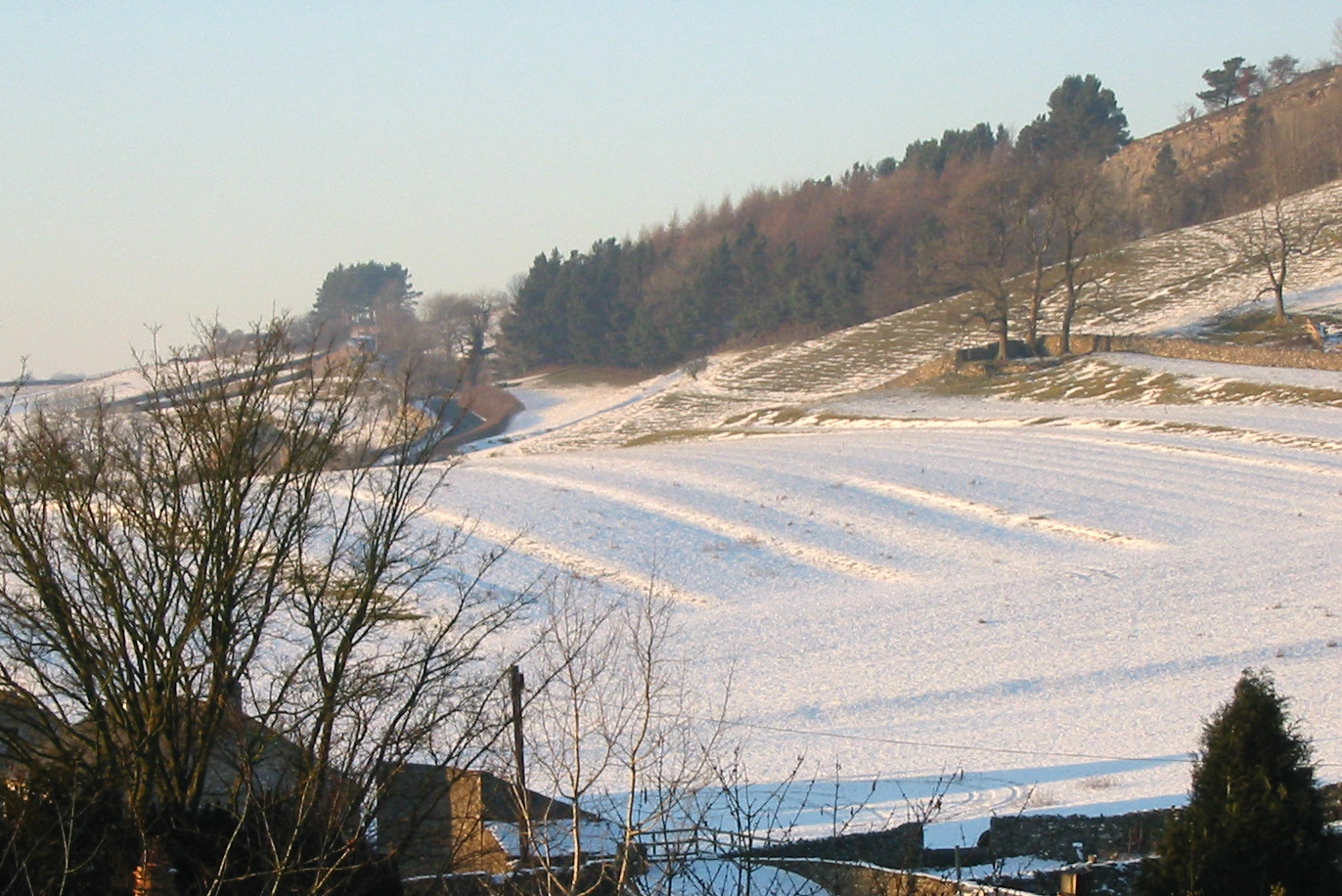
Crosshaw, at the top of the hill on the old road to Ingleton, was very probably the site of an early cross where travelling monks preached in the days before there were churches in the area. At the time of the Norman Conquest in 1066 Clapham belonged to a Danish overlord called Thorffinr. It was one of 12 manors which he owned and was part of an area called Amounderness.
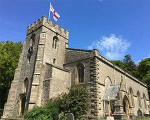
A church had been built in Clapham by the time of the Conquest or soon after it. In 1091-94 the Norman baron of Kendal, Yves de Taillebois, granted the church in Clapham to St. Mary’s Abbey in York. That early church is presumed to have been a wooden one. Records show that there was a priest living or working in Clapham in 1160.
In 1170 Roger de Mowbray granted the manor of Clapham to William de Clapham.
King John (ruled 1199-1216) granted Clapham’s market charter in 1201, probably during one of his visits to the area. The base of the market cross close to the main road bridge is believed to date from that period though the cross itself was erected in 1897 to mark Queen Victoria’s Diamond Jubilee.
In 1319 parties of marauding Scots returning from raids further south did a great deal of damage as they passed through the Dales and it is fairly certain that they burned many of the buildings in Clapham, including the church. That same year, because of the damage, Clapham was exempt from paying lay subsidies to the king.
The vicar of Clapham, Thomas Yedon, was closely involved with the rebels during the Pilgrimage of Grace in 1536. This was a rebellion in parts of the midlands and northern England, against the closure of monasteries and the king’s confiscation of monastic lands.
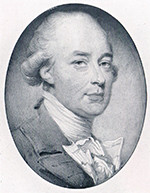
During the Civil War of 1642-45 there was skirmishing along the route through Clapham from Skipton to Lancaster. Initially Skipton Castle was a Royalist stronghold though much of the area was controlled by Parliamentarians after victory at the battle of Marston Moor in 1644. Hammonhead Farm near Clapham station was the home of well-known Royalist sympathiser Francis Spatchurst. The main effect of the War on Clapham was the payment of heavy levies to fund Parliamentary troops.
Until the early part of the 19th century the parish of Clapham was the home of yeoman farmers, independent small landowners, many of whom owned or even built their own homes. The community was bound by the customs of the old manorial system. One of these farmers, Richard Farrer, had a grandson James who became an attorney and in 1741 bought Yew Tree Cottage in Clapham.
An Estate Village
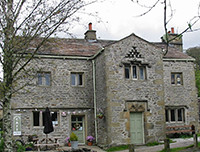
His descendants became wealthy London lawyers and began to buy properties in the parish of Clapham when times were hard for farmers. In 1782 Farrers became Lord of the Manor of Austwick, in 1810 Lord of the Manor of Newby and in 1856 Lord of the Manor of Clapham as well. By this time the family owned virtually every farm in the area and all but one of the houses in Clapham.
Over the years they re-modelled the northern (upper) part of the village, moving roads and bringing many improvements to the village. They extended their house to form Clapham Lodge and later generations extended it again to become Ingleborough Hall. The old village green was taken to make room for gardens around the Hall and some houses were demolished to create space for the Hall grounds and for a carriage-drive giving access to the Hall. (Image at top of page is Ingleborough Hall photographed in 1922 by J. A. Farrer).
They increased the size of the lake, built the waterfalls, installed filter beds and provided drinking water piped into the houses as well as using water-power to generate electricity for lighting in some of the main buildings and in the street.
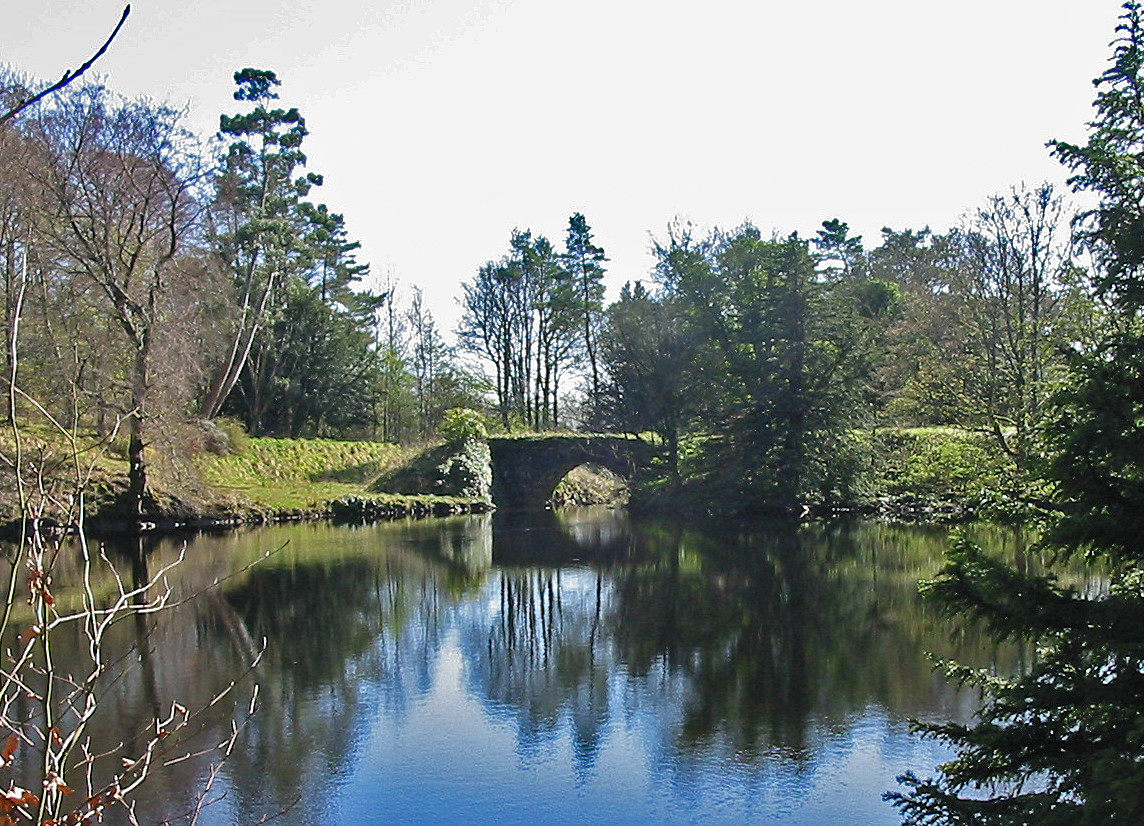
They helped to rebuild the church in Clapham as well as building one in Keasden. They provided land for the cemetery, land for the sewage farm and built water closets in place of the old earth closets in village houses.
The Farrers also provided the buildings which were converted into the village hall, as well as building new schools in Clapham, Keasden and Newby.
In 1837 the accessible part of Clapham Cave was greatly extended. Many came to see the natural wonders which were revealed. From 1850 many visitors arrived on the new-fangled railway. In Clapham the Bull Inn was re-named The Bull and Cave, while the Cave was re-named Ingleborough Cave.
Clapham became an ‘estate village’ where almost all the residents were tenants, many of whom worked on the estate. The surrounding land became grouse moor and livestock grazing. Extensive woodlands were planted for the timber crop and pheasant rearing. No industry was permitted and arable farming was discouraged.
Re-fashioned for today
In the two World Wars several estate workers left to join the Forces and profitable grouse shoots were no longer so common. Two sets of Death Duties close together in the 1940s and 50s added to the strain on estate finances. Ingleborough Hall, after spending the war years as a school for evacuees from the south coast, was sold to the West Riding County Council to house a school for delicate children.
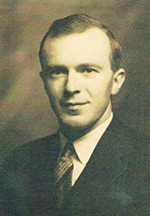
In 1953 a new squire took over, Dr. John Farrer. By hard work, careful management and selling some properties he balanced the books. Many residents were allowed to buy or build their own homes in the village and Clapham ceased to be the estate village it had once been.
The Reginald Farrer Nature Trail to Ingleborough Cave and beyond was opened in 1970 to mark European Conservation Year. The Trail and Cave became evermore popular attractions and hundreds came to enjoy them or to tackle the challenges of the nearby Three Peaks or even the 300 foot drop by bosun’s chair into Gaping Gill’s enormous cavern.
In 1972 Bradford and a consortium of other local authorities changed their use of Ingleborough Hall; it became an outdoor education centre.
More and more people have come to enjoy Clapham’s historic charm and old-world peace. Today, although there still remain three working farms in the village, visitors are one of the principal sources of income.
Clapham has an ancient history and is today the home of many people who love it dearly. Please treat it with the respect and consideration which it deserves.
K. Pearce
